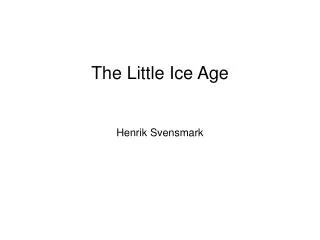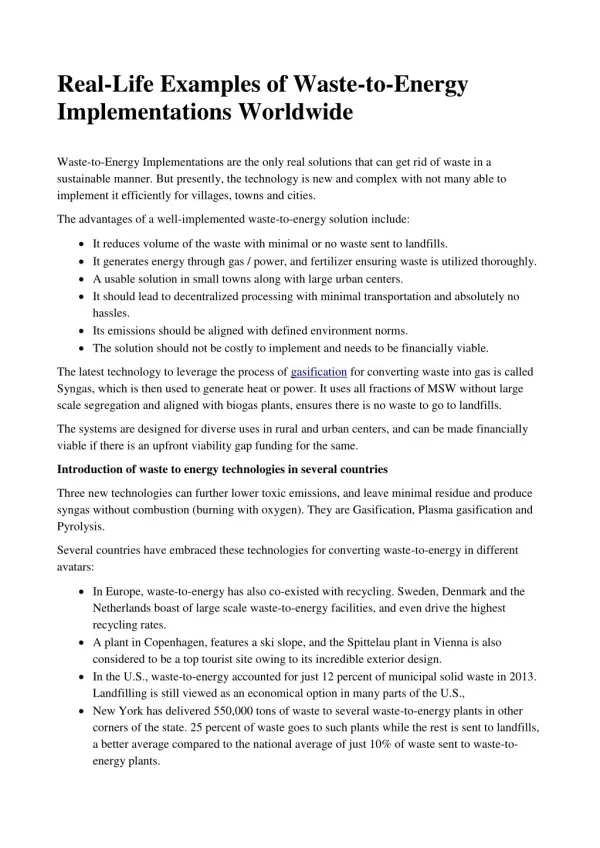The next time you happen to pass by a sugarcane field, ask yourself how difficult it f might be to spray pesticides
Assignment Solutions, Case study Answer sheets Project Report and Thesis contact aravind.banakar@gmail.com www.mbacasestudyanswers.com ARAVIND – 09901366442 – 09902787224 Business Ethics CASE STUDY (20 Marks) New Delhi: The next time you happen to pass by a sugarcane field, ask yourself how difficult it f might be to spray pesticides to maximum effect there. It would be difficult even to enter the field, leave alone get at the pests. And that is just one of the problems in pesticide use and abuse. Chew on this official figure: Nearly 90 percent of pesticides never hit the pests they are meant to, and end u contaminating air, soil and water – eventually entering the food chain as a slow poison. What makes this worse is that over 80 percent of all pesticides are used in growing cotton, rice, vegetables and fruits covering just a third of the cropped area. Many of these pesticides compounds remain in the soil, building up to toxic levels with respect use – particularly in soils with low organic matter and microbial biodiversity. India Council of Agricultural Research scientists, Deputy Director – General J. S. Samra and Assistant Director –General (soils) P.D. Sharma, say this is dangerous: daily intake of even small quantities of these residues with food may be hazardous in the long run, leading to cancer; reduced life span and fertility, increased cholesterol and many metabolic and genetic disorders. The strange bit is that pesticide use has actually been coming down since 1990, from 60,000 metric tons of technical grade material to about 43,000 metric tons in 2001. Pesticide use in India is low, about 0.45 per kg a hectare, compared to figures of 1-12 kg/ hectare for countries such as the US, Korea and Japan. However this hasn’t minimized our troubles. Scientists point to “widespread contamination” of soil, water and food. Samra and Sharma cite figures indicating that more than half of all food items are contaminated, up to 20 percent with residues crossing maximum permissible limits. “Pests present small targets and application efficiency is low,” says Sharma. His colleague, Assistant Director General (plant protection) O.P Dubey, describes a range of problems: ignorant farmers, small holdings which allow pests to migrate from one field which is spread to another which is not, cheap spurious chemicals and scant work on pesticide application technology. “We are slowly realizing the problem of spraying systems and are making changes,” he says. Solutions are possible through “the right dose, right quantity and right spirit.” Bur there are many ifs and buts. Dubey gives an example: In some cases, vegetables from fields have had residues just five percent above the limit, this figure mysteriously climbing to 60 percent by the time these reach the market. Answer the following question. Q1. Give an overview of the case. Q2. What are the remedies available for the above case? Explain. Assignment Solutions, Case study Answer sheets Project Report and Thesis contact aravind.banakar@gmail.com www.mbacasestudyanswers.com ARAVIND – 09901366442 – 09902787224
★
★
★
★
★
65 views • 6 slides



















